Topic game background: Explore the captivating world of game backgrounds, where art meets storytelling to create immersive experiences. Discover the magic behind the scenes of your favorite games, from lush landscapes to intricate details that bring virtual worlds to life.
Table of Content
- What are the optimal dimensions for game backgrounds?
- Types of Game Backgrounds
- Creating a Game Background: Tools and Software
- Game Background Design Principles
- Trending Game Background Themes
- Free vs. Premium Game Background Resources
- Optimizing Game Backgrounds for Different Platforms
- YOUTUBE: How to Make a Background Beautiful: My Full Process
- Legal Considerations for Using Game Backgrounds
- Case Studies: Successful Game Backgrounds
- Future Trends in Game Background Design
- Community and Resources for Game Background Designers
What are the optimal dimensions for game backgrounds?
When it comes to game backgrounds, the optimal dimensions are typically power of two based sizes. This means dimensions like 64x64, 128x128, 256x256, 512x512, 1024x1024, 2048x2048, and 4096x4096. Using these dimensions can help enhance performance and quality in your game.
READ MORE:
Types of Game Backgrounds
Game backgrounds play a crucial role in defining the atmosphere and immersion of a game. They can range from simple static images to complex, dynamic environments that react to player actions. Understanding the different types of game backgrounds can help designers create more engaging and visually appealing games. Here are some common types:
- Static Backgrounds: These are non-moving backgrounds commonly used in puzzle games, platformers, and visual novels. They provide a fixed backdrop for the game"s action.
- Scrolling Backgrounds: Used in side-scrolling games, these backgrounds move at a constant speed or in response to player movements, adding a sense of motion and depth.
- Parallax Scrolling Backgrounds: A more complex form of scrolling backgrounds, where different layers of the background move at different speeds, creating an illusion of depth and distance.
- Dynamic Backgrounds: These backgrounds change based on gameplay, time, or player actions, contributing to a more immersive and interactive environment.
- 3D Backgrounds: Used in 3D games, these backgrounds offer a full range of movement and depth, allowing for a more realistic and engaging game world.
- Interactive Backgrounds: These include elements that players can interact with or that react to gameplay, adding layers of engagement beyond the primary game mechanics.
- Animated Backgrounds: Backgrounds that feature animations, such as moving objects or changing weather conditions, to add life and dynamism to the game environment.
Each type of background serves a specific purpose in game design, from enhancing the storytelling and mood to providing gameplay mechanics. The choice of background depends on the game"s genre, style, and the experience the designers wish to create for the player.

Creating a Game Background: Tools and Software
Creating stunning game backgrounds requires both creativity and the right set of tools. Whether you"re working on a 2D pixel art adventure or a 3D immersive world, there"s software designed to help bring your visions to life. Here are some of the top tools and software used by game developers for background creation:
- Adobe Photoshop: A staple in digital art, Photoshop is versatile for creating detailed and layered 2D game backgrounds, textures, and elements.
- Adobe Illustrator: Ideal for vector-based backgrounds, Illustrator allows for scalable assets that are perfect for games requiring resizable graphics without loss of quality.
- Krita: A free, open-source option preferred for its painting tools that are great for artists focusing on concept art and detailed backgrounds.
- GIMP: Another free, open-source program similar to Photoshop that"s well-suited for creating 2D art, textures, and elements for game backgrounds.
- Blender: A powerful free and open-source 3D creation suite, Blender is used for creating 3D backgrounds, environments, and assets.
- Unity: While primarily a game engine, Unity offers tools for assembling 3D environments and backgrounds from created assets, providing a comprehensive platform for game development.
- Unreal Engine: Known for its high-fidelity visuals, Unreal Engine is perfect for creating immersive 3D backgrounds and environments with dynamic lighting and physics.
- Aseprite: A pixel art tool that"s perfect for creating retro-style game backgrounds, offering an intuitive interface for pixel-specific editing and animations.
- Inkscape: A free, open-source vector graphics editor that"s useful for designing scalable 2D backgrounds and assets.
These tools, each with their unique features and capabilities, cater to different styles and requirements of game background creation. From free software for indie developers to professional-grade programs used by leading game studios, there"s a tool for every creator looking to bring their game worlds to life.
Game Background Design Principles
Creating effective game backgrounds is an art that requires understanding key design principles. These principles ensure that backgrounds not only look appealing but also enhance gameplay and storytelling. Here are some fundamental design principles to consider:
- Consistency: Backgrounds should match the game"s theme and mood, creating a cohesive world that supports the narrative and gameplay.
- Depth: Use of layers, parallax scrolling, and perspective can add depth to backgrounds, making the game world more immersive and realistic.
- Color Theory: Colors play a crucial role in setting the tone and mood of the game. Choosing the right color palette can evoke emotions and guide player behavior.
- Detail Balance: While details can enrich the game world, it"s important to balance them against the risk of cluttering the scene or distracting from the gameplay.
- Interactivity: Interactive elements within backgrounds can enhance player engagement and gameplay depth, offering surprises and rewards for exploration.
- Dynamic Elements: Incorporating elements that change with gameplay, time, or player actions can make the game environment feel alive and responsive.
- Readability: Backgrounds should not interfere with the player"s ability to read game elements, such as enemies, obstacles, or items. Clarity is key.
- Scalability: Design backgrounds with scalability in mind to ensure they look good on various devices and resolutions without losing quality or detail.
These principles serve as a foundation for creating engaging and functional game backgrounds that enrich the player"s experience. Whether developing a vibrant, cartoony world or a dark, atmospheric setting, these guidelines help ensure that backgrounds contribute positively to the overall game design.
Trending Game Background Themes
In the ever-evolving world of video games, certain background themes stand out for their popularity and ability to captivate players. These themes not only set the stage for the gameplay but also contribute significantly to the overall experience by immersing players in unique, compelling worlds. Here are some of the trending game background themes:
- Fantasy Realms: Enchanting landscapes filled with mythical creatures, ancient ruins, and magical forests continue to enchant players, offering an escape to worlds where magic is real and adventures are boundless.
- Post-Apocalyptic Settings: Ruined cities, deserted wastelands, and the struggle for survival in a world after a catastrophic event draw players into narratives of resilience and exploration.
- Cyberpunk Cities: Neon-lit, futuristic urban landscapes with a focus on high-tech and low life, exploring themes of artificial intelligence, cybernetics, and corporate hegemony.
- Historical Reimaginations: Backgrounds that take players back in time to explore historically inspired settings, often with a twist, including ancient civilizations, medieval kingdoms, or the not-so-distant past.
- Outer Space and Sci-Fi: The vastness of space and futuristic sci-fi settings offer endless possibilities for exploration, combat, and storytelling among the stars and alien worlds.
- Underwater Worlds: The deep sea offers a mysterious and beautiful backdrop for games, filled with exotic marine life, sunken cities, and underwater adventures.
- Mystical Forests: Dense, lush forests that hide secrets, mystical creatures, and ancient magic, providing a serene yet mysterious setting for exploration and fantasy.
- Horror and Supernatural: Creepy, atmospheric settings that play on fear, including haunted houses, ghostly towns, and otherworldly dimensions, perfect for horror and supernatural games.
These themes not only provide a backdrop for the gameplay but also contribute to the narrative, character development, and the emotional engagement of the player, making them a critical element in game design.
Free vs. Premium Game Background Resources
When it comes to game development, one of the key visual elements is the game background. Developers have the option to use free resources or invest in premium assets. Each choice comes with its own set of advantages and considerations:
- Free Resources:
- Advantages include cost savings, a wide variety of options, and accessibility for indie developers and hobbyists.
- Considerations involve the quality and uniqueness of assets, potential overuse by other games, and the need for customization to stand out.
- Premium Resources:
- Advantages include higher quality, unique designs, and often comprehensive support and updates from the creator.
- Considerations include the cost, which can be prohibitive for small projects, and the risk of the asset not perfectly fitting the game’s needs without adjustments.
Choosing between free and premium game background resources depends on the project"s budget, the desired level of uniqueness and quality, and the specific needs of the game. While free resources can provide a cost-effective solution, premium assets offer a level of exclusivity and polish that can elevate the overall game experience. Ultimately, the decision should align with the game’s vision and development goals.

Optimizing Game Backgrounds for Different Platforms
Optimizing game backgrounds for different platforms is essential to ensure a smooth and visually appealing experience across all devices. The process involves adjusting various elements to match the hardware capabilities, screen sizes, and resolutions of different platforms. Here are key considerations and steps for optimization:
- Resolution and Aspect Ratio: Design backgrounds with scalability in mind to accommodate various screen sizes and aspect ratios. High-resolution assets can be scaled down for smaller screens, ensuring clarity and detail.
- File Size and Compression: Optimize image files to balance quality and performance. Compression techniques can reduce file sizes, leading to faster loading times and reduced memory usage without significantly impacting visual quality.
- Platform-Specific Adjustments: Tailor backgrounds to the unique requirements of each platform. For example, mobile devices may benefit from simpler, less resource-intensive backgrounds to preserve battery life and ensure smooth performance.
- Dynamic Loading: Implement dynamic loading techniques to only load the necessary background assets based on the player"s location or actions. This reduces initial load times and memory consumption.
- Testing Across Devices: Rigorous testing on various devices is crucial to identify and address any issues with how backgrounds are displayed or perform. This ensures a consistent experience for all players.
- Use of Middleware: Consider using game development middleware and tools that automatically adjust asset quality and performance based on the target platform. These tools can greatly streamline the optimization process.
Optimizing game backgrounds for different platforms is a critical step in game development. It not only enhances the player"s experience but also maximizes the game"s accessibility and success across a wide range of devices. By following these considerations, developers can ensure their games look great and run smoothly, no matter where they are played.
How to Make a Background Beautiful: My Full Process
Design: Explore the mesmerizing world of design in this video, where creativity knows no bounds. Get inspired by the innovative concepts, vibrant colors, and intricate details that bring everyday objects to life. Music: Immerse yourself in the enchanting melodies and rhythm of this musical journey. From soothing tunes to upbeat rhythms, this video will uplift your spirits and awaken your love for music.
Board Game Night Music: The Perfect Background Music for Your Next Game Night
Welcome to the perfect soundtrack for your next board game night! This game night playlist features a mix of instrumental music ...
Legal Considerations for Using Game Backgrounds
When incorporating game backgrounds into your project, it"s important to navigate the legal landscape carefully to avoid infringement and ensure proper use of assets. Here are key legal considerations to keep in mind:
- Copyright: Most game backgrounds are protected by copyright, meaning you need permission from the copyright holder to use them in your game. This includes both purchased and free assets.
- Licensing Agreements: Understand the terms of use for any backgrounds you acquire. Licenses can vary widely, with some allowing commercial use and modifications, and others restricting use to personal projects only.
- Royalty-Free vs. Rights-Managed: Royalty-free assets can be used without paying ongoing royalties, but still come with certain conditions. Rights-managed assets, on the other hand, require you to pay based on usage scope and duration.
- Custom Creations: Hiring an artist to create custom backgrounds can be a way to avoid legal pitfalls, but ensure you have a clear contract that grants you the rights needed for your game"s distribution and marketing.
- Public Domain and Creative Commons: Some assets are available under public domain or Creative Commons licenses, which can offer more flexibility, but always check the specific license details to ensure compliance.
- Attribution: Even with free assets, crediting the original creator may be required. Ensure you adhere to any attribution requirements specified in the license.
- Modification Restrictions: Some licenses may not allow you to modify the original work. If your game requires background alterations, seek assets that permit such changes.
Navigating these legal considerations is crucial for protecting your game from copyright infringement issues and ensuring a smooth development process. Always consult legal advice when in doubt to ensure you"re fully compliant with all regulations.
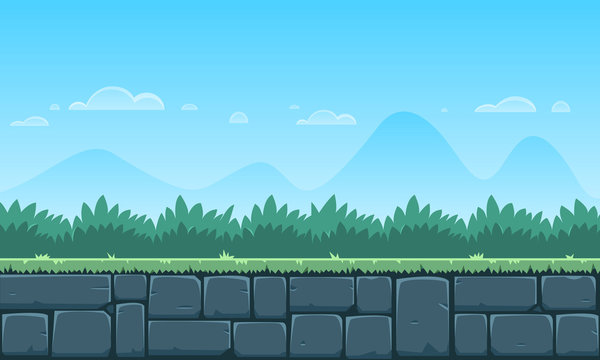
Case Studies: Successful Game Backgrounds
Examining successful game backgrounds provides valuable insights into how compelling visuals can enhance the gaming experience. Here are some case studies that highlight the impact of well-designed game backgrounds:
- The Witcher 3: Wild Hunt: This game is renowned for its vibrant and immersive environments. The game"s background, ranging from bustling medieval cities to wild, untamed forests, plays a critical role in storytelling and player immersion, contributing significantly to its critical acclaim.
- Monument Valley: Known for its visually stunning and intricate puzzles, the game uses its background not just as a setting but as a central gameplay element. The clever use of optical illusions and perspective in the backgrounds challenges players and defines the game"s unique aesthetic.
- Journey: This game features vast, beautiful desert landscapes that convey a sense of isolation and mystery, encouraging exploration. The backgrounds in Journey are pivotal in evoking emotional responses from players, making the game a memorable experience.
- Ori and the Blind Forest: The game showcases hand-painted backgrounds filled with vibrant colors and detailed textures. These backgrounds contribute to the game’s magical atmosphere, enhancing the storytelling and emotional depth of the game.
- Limbo: Utilizing a minimalist, monochromatic style, the backgrounds in Limbo create a haunting, oppressive atmosphere that aligns perfectly with the game"s themes of isolation and danger. This approach demonstrates how less can be more in creating a compelling setting.
These case studies show that effective game backgrounds do more than just serve as a backdrop; they enhance the game"s narrative, engage players emotionally, and contribute to the overall gameplay experience. The success of these games underscores the importance of thoughtful background design in game development.
Future Trends in Game Background Design
As the gaming industry continues to evolve, so too does the approach to game background design. Emerging technologies and shifting player expectations are shaping the future of how game environments are created. Here are some trends that are likely to influence game background design in the coming years:
- Incorporation of AI and Machine Learning: AI technologies are being used to generate complex, dynamic environments that can adapt to player actions, creating more immersive and interactive experiences.
- Virtual and Augmented Reality: With the rise of VR and AR, game backgrounds are becoming more important than ever. Designers are tasked with creating 360-degree environments that are convincing and interactive, pushing the boundaries of traditional background design.
- Procedural Generation: This technology allows for the creation of vast, explorable worlds with minimal input from designers. It"s becoming increasingly sophisticated, offering unique and varied landscapes for every player.
- Environmental Storytelling: Designers are leveraging backgrounds to tell stories and convey information without explicit narrative tools, enhancing the player"s emotional and psychological engagement with the game.
- Increased Detail and Realism: Advances in hardware and rendering software are enabling designers to create backgrounds with unprecedented levels of detail and realism, contributing to more lifelike and immersive game worlds.
- Focus on Sustainability: With the growing concern for environmental issues, themes of sustainability and ecological consciousness are expected to become more prevalent in game backgrounds, reflecting broader societal trends.
- Interactive Environments: Beyond visual appeal, future game backgrounds will likely offer increased interactivity, allowing players to manipulate and change their surroundings in meaningful ways.
These trends indicate a future where game backgrounds are not only visually stunning but also deeply integrated into the gameplay and narrative, offering richer and more engaging experiences for players.

READ MORE:
Community and Resources for Game Background Designers
The game development community is rich with resources and platforms for background designers to share, learn, and collaborate. Whether you"re a seasoned professional or just starting out, these communities and resources can provide invaluable support. Here are some key places to connect and tools to leverage:
- ArtStation: A premier platform for game artists to showcase their work, connect with other professionals, and find job opportunities. It"s a great place to get inspiration and feedback on game backgrounds.
- Dribbble: While known for graphic design, Dribbble also hosts a vibrant community of game designers and illustrators where you can discover background designs and connect with artists.
- DeviantArt: Offers a wide range of game art and backgrounds, with communities dedicated to game development. It"s an excellent place for finding inspiration and sharing your work.
- Behance: Adobe"s platform for creative professionals is another fantastic place to find game background designs and portfolios from top artists in the industry.
- Game Developer Forums: Sites like Gamasutra, GameDev.net, and the Unity and Unreal Engine forums are invaluable for learning and sharing technical knowledge about game background design.
- Reddit: Subreddits like r/gamedev are a good place for discussions, feedback, and connecting with other game developers and background designers.
- Polycount: A community for professional and hobbyist game artists, offering critiques, feedback, and discussions on game art and design, including backgrounds.
- CGSociety: A global platform for digital artists to exchange ideas, showcase their work, and find resources related to game background design and more.
- Tutorials and Online Courses: Platforms like Udemy, Coursera, and Skillshare offer courses on game design and specific training on creating game backgrounds, often taught by industry professionals.
- Asset Stores: Unity Asset Store, Unreal Marketplace, and other digital marketplaces provide both free and premium resources that can be used or adapted for game backgrounds.
Engaging with these communities and utilizing available resources can significantly enhance your skills, expand your network, and inspire your creativity in game background design.
Embark on a creative journey through game background design, where every pixel tells a story. Dive into this vibrant world to enhance your games, captivate players, and leave a lasting impression with stunning visual landscapes.

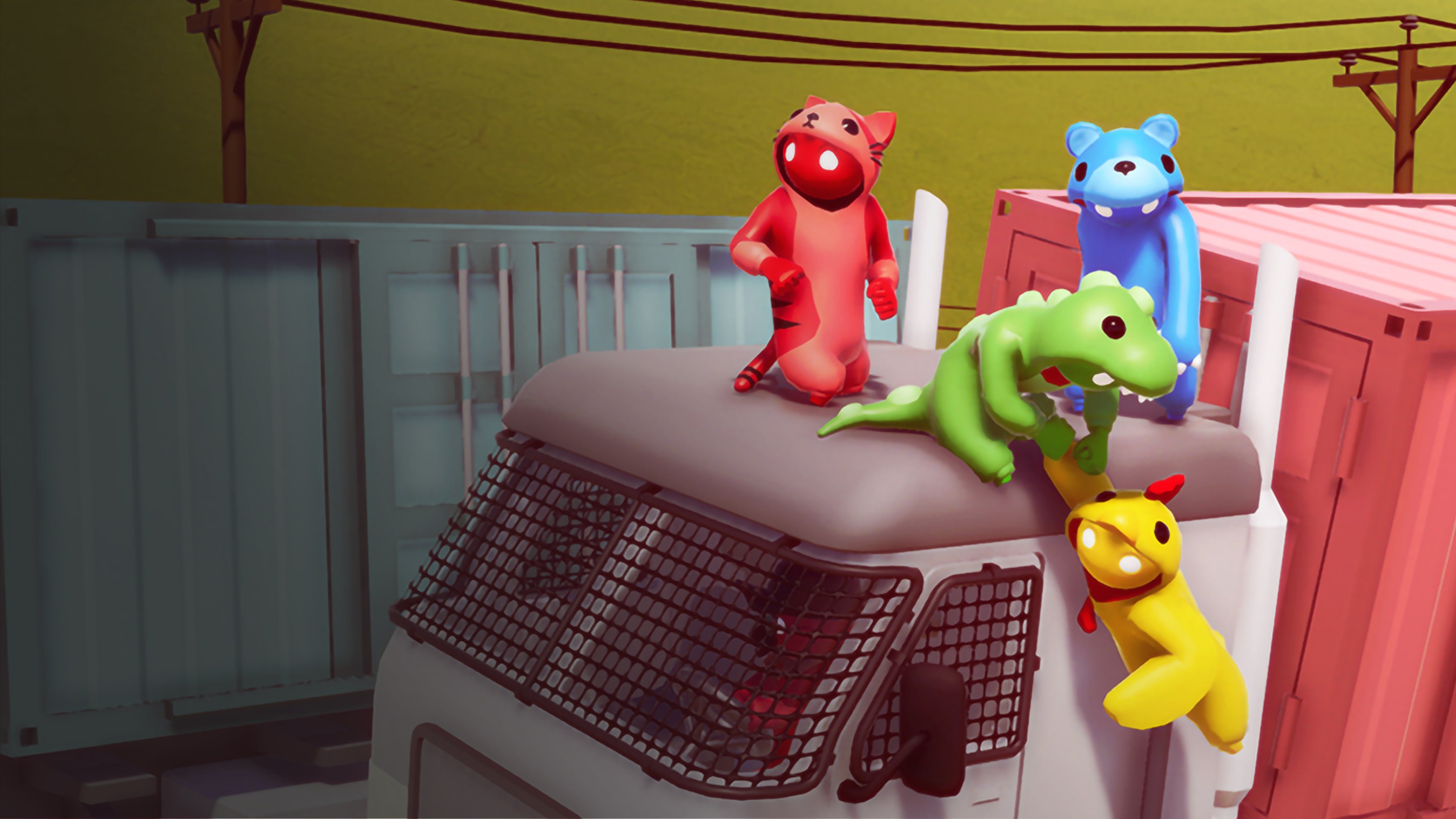


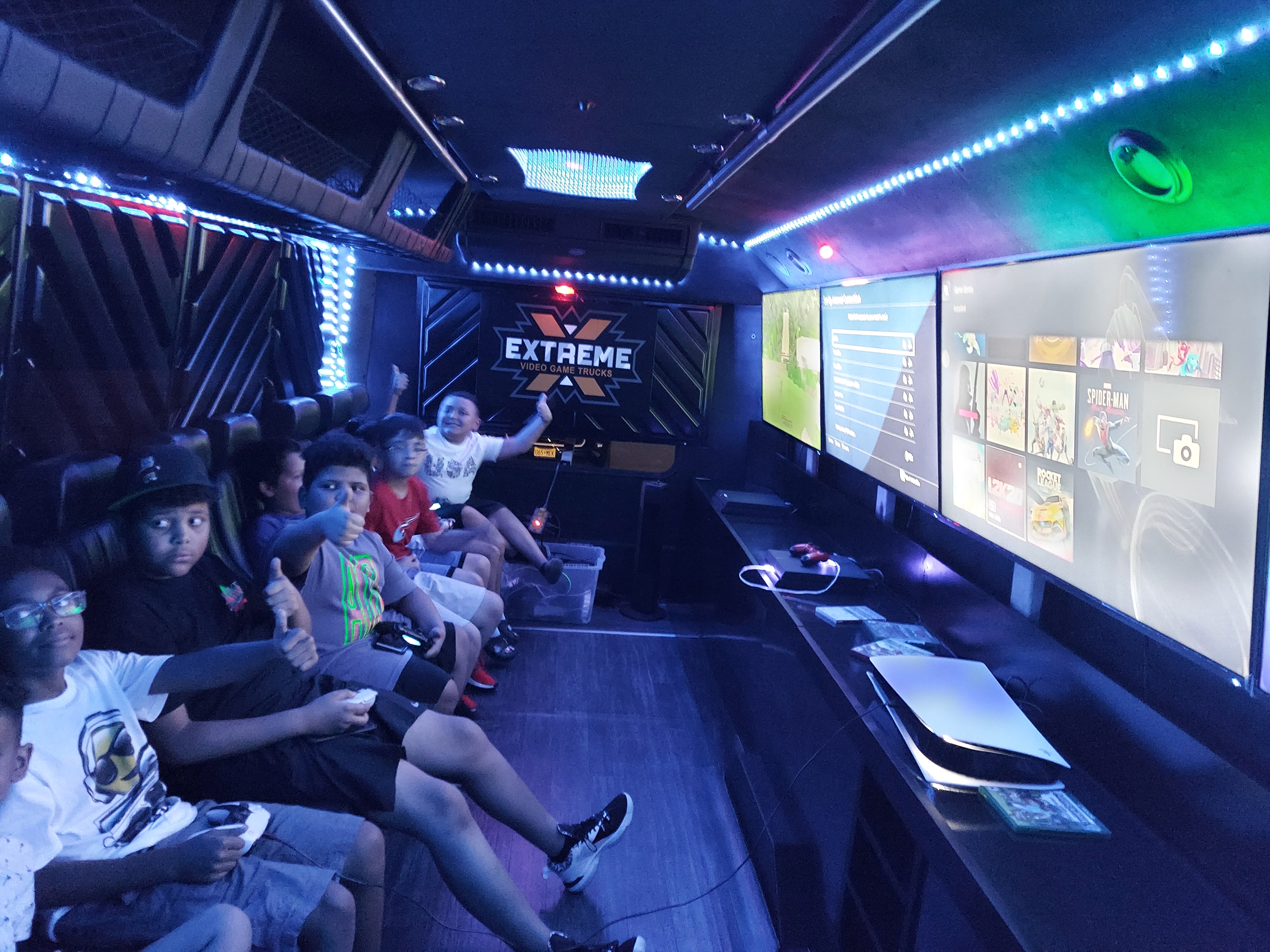
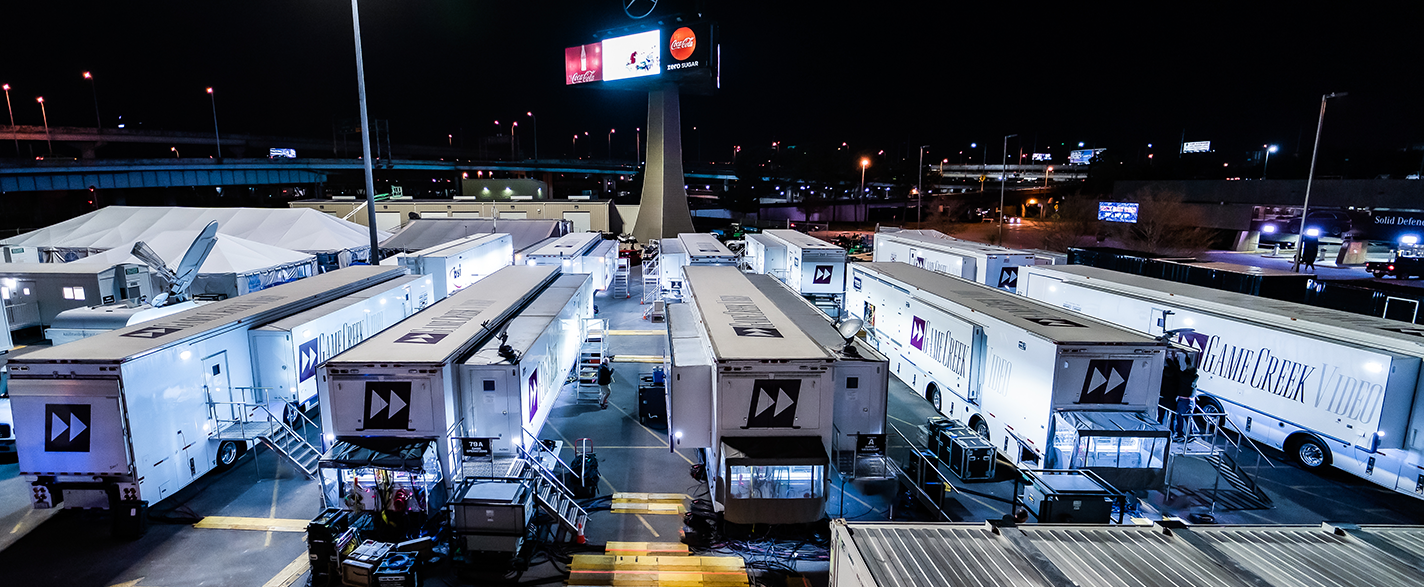





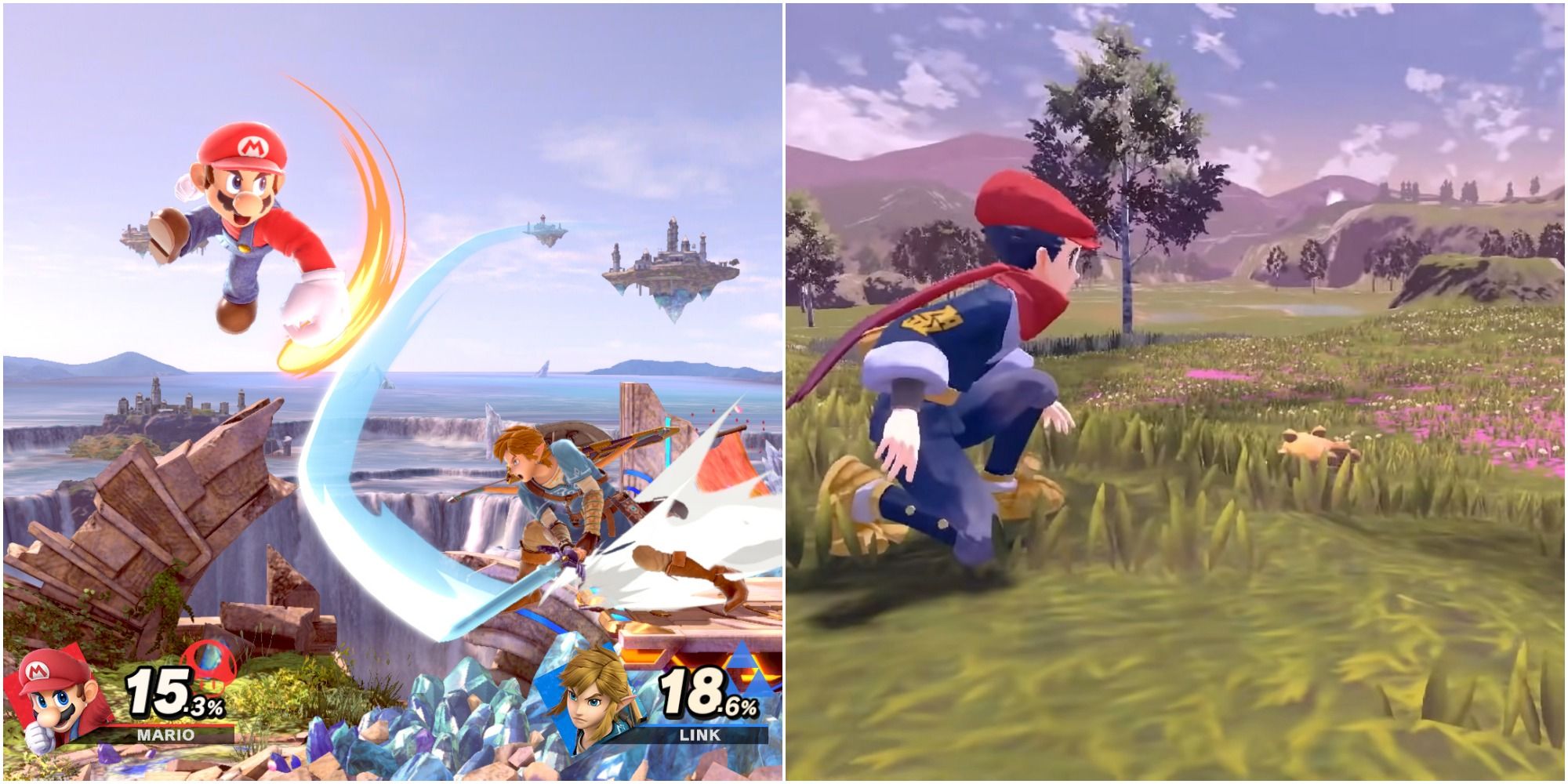

/cdn.vox-cdn.com/uploads/chorus_image/image/1948399/screen_shot_2012-06-29_at_09.47.49.0.png)
